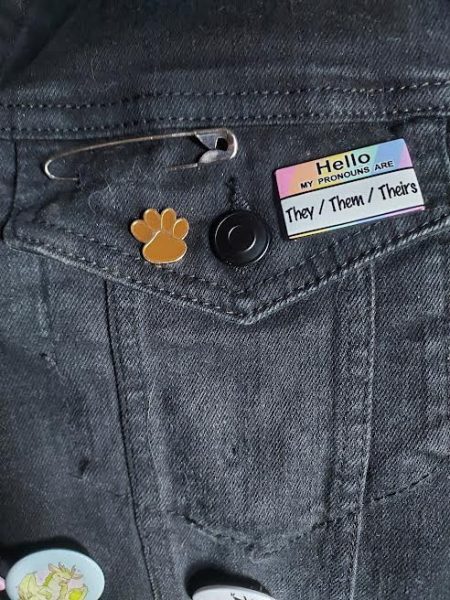First Uterine Transplant in U.S. Fails

The patient, Lindsey, with her husband and doctors. Photo courtesy of Google Images.
March 10, 2016
The first uterine implant in the United States was done at Cleveland Clinic on a 26-year-old mother of three who was born without a uterus. Around 1 in 5,000 women are born without a uterus or with one that does not work. The woman, known only as Lindsey, underwent the nine-hour procedure on February 24, 2016.
The clinical trial that chose Lindsey in addition to ten other women included an extensive medical screening process. The trial called for women between the ages of 21-29 with uterine factor infertility. A team of experts evaluated the candidates. The search for the donor uterus then began, calling for a woman between the ages of 18-40 who exhibited a healthy organ. Next of kin must consent in order for the uterus to be donated.
After a match is found, the patient’s ovaries are stimulated and her eggs are removed and fertilized in a lab. Around six to ten embryos are frozen per patient. The women are then prepped by taking anti-rejection drugs, followed by the transplant itself. Menstruation begins in about a year, and then the patient can start in vitro fertilization in order to conceive. Pregnancies are monitored closely and the anti-rejection drugs must be taken throughout. The women have to be screened every month to see if her body is rejecting the donor organ. The plan after that is to have one to two babies born by cesarean section, then have the uterus removed in order to stop taking anti-rejection drugs.
Unfortunately, Lindsey had to have her donor uterus removed due to complications with the surgery. However, four recipients have had healthy pregnancies, concluding with four healthy babies.










